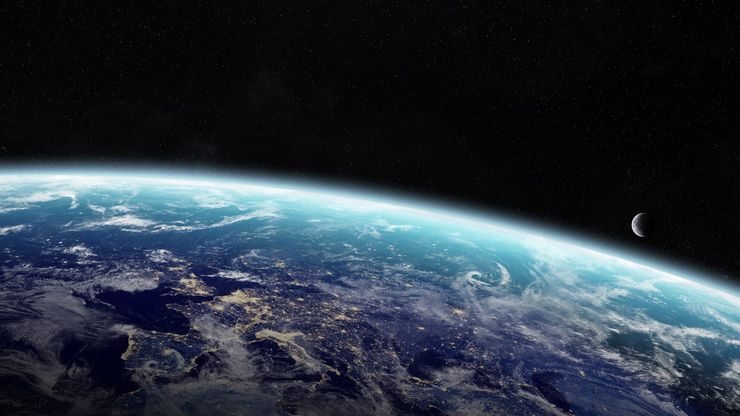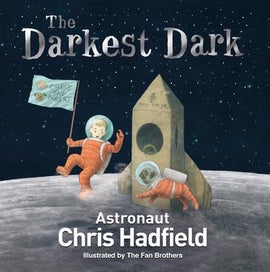Astronaut Chris Hadfield's Guide to Space
We asked readers to submit their most perplexing questions about space for Chris Hadfield to answer, and here's what they came up with.

Not content with being an astronaut, rocket scientist and the first Canadian to walk in space, Chris Hadfield has also been an air force pilot, researcher for NASA and is the author of three bestselling books. Chris is now turning his hand to TV presenting in his new BBC Two show, ‘Astronaut: Do You Have What It Takes?’. Starting at 9 p.m. on Sunday 20th August, each week, twelve contestants will be put through their paces by Chris and a team of experts to see which of them would make it to the International Space Station.
We asked readers to submit their most perplexing questions about space for Chris Hadfield to answer, and here's what they came up with.
Where does the energy to power the space station come from? Is it all solar?
The space station gets its power from huge solar rays so it is solar powered. It also has a little bit of fuel to power it’s orbit and propel it, but it is mostly powered by the sun.
How long would you live in space without your spacesuit?
Not very long. Outside the spaceship there’s no air so your eyeballs would boil, your lungs would collapse and you’d be dead after one breath.
How is Nasa’s new Orion capsule different from a space shuttle? Will it take us to Mars?
A space shuttle has wings. The Orion capsule is shaped more like a tiny bell and it won’t take us to Mars but it’s going to teach us how to get there.
How hard is it to simulate gravity in space?
The only way we can simulate gravity on the Space Station is to spin the whole room like a funfair, where everybody is pinned against the wall.
Do you think nanoscience discoveries will help space exploration?
Yes. Nanoscience is the study of extremely small things, tiny ways of understanding things and we need to get down into how atoms work, and how to collect energy from the sun in order to explore the universe.
How many Asteroids did you see from the International Space Station?
The earth gets hit by 100 tons of meteorites a day but you don’t see them very often. I only saw one. Even though asteroids are flashing by the Space Station all the time, I only saw one in six months in space.
Will a compass still work in space or on the moon?
Compasses follow the magnetic field of a planet. Earth has a magnetic field, so a compass will work in space. The moon doesn’t have one, so a compass would not work there.
Do you have plants on the International Space Station?
The Space Station is full of experiments, and some of them are trying to see how to plants grow without gravity and which way they grow. So yes, we do have plants on the ISS.
How do you have enough oxygen to stay in space so long?
The Space Station is sort of like a bubble, a big metal bubble, and slowly we use up the oxygen. Each spaceship that visits us brings a little bit more oxygen, and that’s how we stay alive.
What does space smell like?
It smells a little bit like gunpower, or brimstone, or like a witch has just been there.
The Darkest Dark

Inspired by Chris Hadfield's own life and his lifelong dream to become an astronaut, The Darkest Dark is the perfect picture book for any child obsessed with all things space.